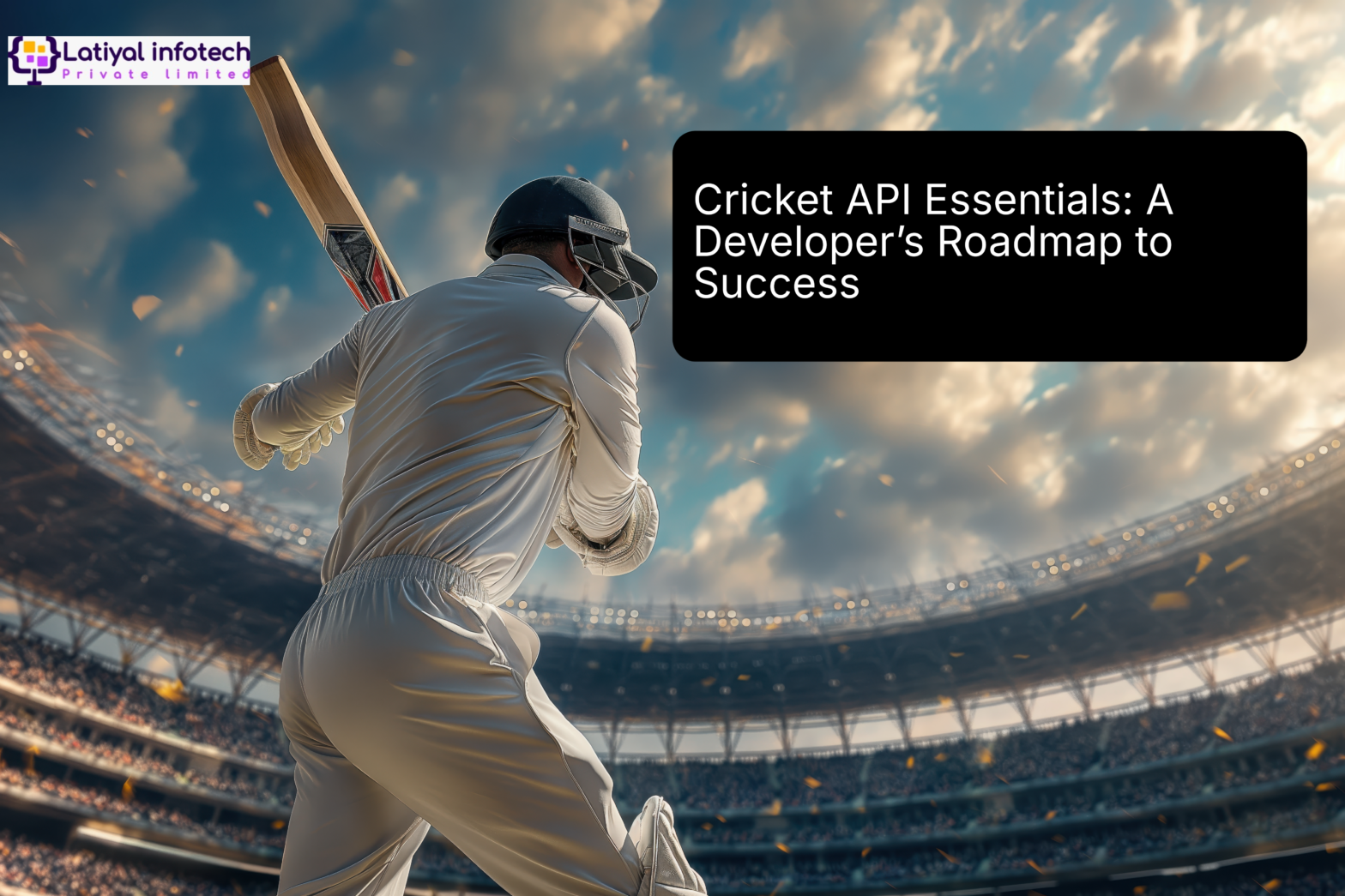It is more important than ever to incorporate live sports data into applications in the current digital ecosystem. With its large global fan base and intricate statistics, cricket presents developers with a variety of chances and problems. Cricket APIs are specialized tools made to give developers instant access to a huge amount of data about cricket, including player statistics, live scores, and match history. These APIs provide as a link between end users who want to keep informed and involved and the raw data from cricket matches.
Cricket APIs provide a range of features that improve the user experience by providing precise and timely information. Applications can retrieve real-time scores, ball-by-ball updates, and comprehensive player and team information, for example, using a Cricket Live Line API. Applications designed for cricket fans who wish to closely monitor matches while watching TV or occupied with other things must have this feature. Developers can create apps that offer thorough match analysis, real-time updates, and a fun user experience by utilizing these APIs.
Explore More: What is the Cost of Developing a Cricket Live Line App?
Understanding Cricket Live Line APIs
Cricket Live Line APIs are specifically designed to provide real-time updates and detailed information about cricket matches. These APIs offer several key features that are essential for delivering an immersive cricket experience to users:
Live Scores and Updates: One of the primary features of a Cricket Live Line API is its ability to deliver live scores and match updates. This includes real-time information on overs, runs, wickets, and other crucial match events. For cricket fans, staying updated with live scores is critical, as it allows them to follow the game as it happens, enhancing their overall experience.
Comprehensive Match Coverage: Cricket APIs typically cover a wide range of cricket formats, including Test matches, One Day Internationals (ODIs), and Twenty20 (T20) games. This extensive coverage ensures that users receive updates on various cricket formats, regardless of their preference. Whether it's a Test match spanning five days or a fast-paced T20 game, these APIs provide the necessary data to keep users informed.
Read More: Essential Features and Steps to Develop a Cricket Live Streaming App
Detailed Player and Team Statistics: Cricket APIs offer in-depth statistics about players and teams, such as batting averages, bowling figures, strike rates, and historical performance data. This level of detail is valuable for users who closely follow player performance and team statistics. By providing detailed insights, the API helps users understand player form, team strategies, and match dynamics.
Choosing the Right Cricket API
Selecting the right Cricket API For Live Line involves evaluating several factors to ensure it meets your application's needs. Here are some crucial aspects to consider:
Data Accuracy and Reliability: It is crucial that the data that the API provides is accurate and reliable. Users rely on the API to supply accurate and current data, therefore selecting a supplier with a history of doing so is crucial. To make sure your application keeps its credibility, look for APIs with a good reputation for dependability and positive evaluations.
Coverage and Data Depth: Assess the API's data depth and its coverage of various cricket formats. Make sure the API provides detailed statistics and covers a wide range of formats. This contains player insights, historical data, and real-time match updates. A well-rounded API will offer a more engaging cricket experience by accommodating a wide range of user interests.
Performance & Speed: For real-time applications, performance is an essential component. In order to guarantee prompt delivery of real-time updates, the API should have low latency. Maintaining user involvement during live matches requires high performance. Check the response timings of the API and make sure it can withstand heavy loads without slowing down.
Explore More: Comprehensive Guide to Adding Cricket APIs to Your Android App
Integration Process for Cricket APIs
API Key and Authentication: An API key, which is used for authentication, is required in order to access the API. A unique identification that enables the provider to control access and guarantee secure connection is the API key. To authenticate requests, get the API key from the supplier and include it into the coding of your application.
Endpoint Configuration and Selection: Select the right API endpoints for the data you require. Endpoints are particular URLs that the API offers in relation to various kinds of data, such player statistics, match specifics, or live scores. Make sure the endpoints match the data you want to display by configuring them according to the specifications of your application.
Data Parsing and Handling: You must effectively parse and handle the data that you receive from the API. This entails transforming the unprocessed data into a format that can be seen in your application. To extract pertinent information and format it for presentation, use data parsing logic. To make sure that consumers receive updates that are understandable and relevant, this step is essential.

Best Practices for Using Cricket APIs
To ensure a smooth and effective integration of Cricket APIs For Live Line, follow these best practices:
- Rate Limiting and API Quotas: Be aware of the API provider’s rate limits and quotas to avoid exceeding them. Rate limits define the maximum number of API requests you can make within a specific time period. Implement strategies to manage these limits, such as caching data or optimizing API calls, to prevent disruptions in service.
- Error Handling and Recovery: Implement robust error handling to manage issues such as connectivity problems or API downtime. Include fallback mechanisms to ensure your application remains functional during such events. Proper error handling will help maintain a positive user experience and minimize disruptions.
- User Experience Considerations: Focus on delivering a seamless user experience by ensuring that data updates are timely and accurate. Design your application’s user interface to display cricket data in a clear and engaging manner. Consider factors such as data refresh rates, user notifications, and overall design to enhance user satisfaction.
Testing and Optimization
Before deploying your application, thorough testing is essential to ensure it performs well with the Cricket Live Line API. This includes:
- Functionality Testing: Verify that all features of the application, such as live score updates and player statistics, work as expected. Test various scenarios to ensure that the API integration functions correctly and that data is displayed accurately.
- Performance Testing: Assess the application’s performance under different conditions to ensure it handles high loads and delivers data quickly. Conduct stress tests to evaluate the application's ability to manage peak traffic and ensure smooth operation during live matches.
- User Feedback: Gather feedback from users to identify areas for improvement and make necessary adjustments. User feedback provides valuable insights into the application's performance and user experience, allowing you to make informed decisions and enhance the overall quality of your application.
Read More: Everything You Need to Know About the Most-Downloaded Live Line Cricket Mobile App
Conclusion
Incorporating a Cricket API For Live Line into your application can significantly enhance its functionality and user engagement. By understanding the features and benefits of Cricket APIs, choosing the right provider, and following best practices for integration, you can build a high-quality cricket app that delivers real-time updates and comprehensive data.
Continuous testing and optimization will ensure your application remains reliable and user-friendly, providing a valuable resource for cricket fans. Embrace the opportunities that Cricket APIs offer and create an engaging and dynamic application that meets the needs of cricket enthusiasts.









